Explore
Angkor Wat Temple Tours
Angkor Wat Temple Tours Summary
Since the publicised Angkor Wat temple "discovery" in the mid 19th century, it has been described as the largest religious building in the world, and is rightly spoken of as one of the wonders of the ancient world, along with sites such as Macchu Picchu and the Taj Mahal. The temple is located just over 6km from Siem Reap, is the centrepiece of the Angkor Archaeological Park, and has been UNESCO listed as a world heritage site since 1992.
One of the largest Angkor temples, Angkor Wat was built under King Suryavarman II in the early 12th century. Originally built as a temple to Vishnu, it has been in continuous use as a Buddhist shrine since the adoption of Theravada Buddhism by the Khmer people, meaning it has remained in excellent condition over the centuries. Because of its symbolic representation of ancient Khmer nationhood, the temple survived the Khmer Rouge years relatively undamaged, and tourist numbers have increased steadily since the political situation stabilised.
Overview of Angkor Wat Temple Tours
Angkor Wat is the largest Hindu temple complex in the world, situated at Angkor, Cambodia, built by King Suryavarman II in the early 12th century as his state temple and capital city. As the best-preserved temple at the site, it is the only one to have remained a significant religious centre since its foundation – first Hindu, dedicated to the god Vishnu, then Buddhist. The temple is at the top of the high classical style of Khmer architecture. It has become a symbol of Cambodia, appearing on its national flag, and it is the country's prime attraction for visitors.
Angkor Wat combines two basic plans of Khmer temple architecture: the temple mountain and the later galleried temple, based on early South Indian Hindu architecture, with key features such as the Jagati. It is designed to represent Mount Meru, home of the devas in Hindu mythology: within a moat and an outer wall 3.6 kilometres (2.2 mi) long are three rectangular galleries, each raised above the next. At the centre of the temple stands a quincunx of towers. Unlike most Angkorian temples, Angkor Wat is oriented to the west; scholars are divided as to the significance of this. The temple is admired for the grandeur and harmony of the architecture, its extensive bas-reliefs, and for the numerous devatas adorning its walls.
The modern name, Angkor Wat, means "City Temple"; Angkor is a vernacular form of the word nokor, which comes from the Sanskrit word nagar. Wat is the Khmer form of the Pali word "vatthu", meaning "temple grounds". Prior to this time the temple was known as Preah Pisnulok (Vara Vishnuloka in Sanskrit), after the posthumous title of its founder.
History of Angkor Wat Temple
Angkor Wat lies 5.5 kilometres (3.4 mi) north of the modern town of Siem Reap, and a short distance south and slightly east of the previous capital, which was centred at Baphuon. It is in an area of Cambodia where there is an important group of ancient structures. It is the southernmost of Angkor's main sites.
The initial design and construction of the temple took place in the first half of the 12th century, during the reign of Suryavarman II (ruled 1113 – c. 1150). Dedicated to Vishnu, it was built as the king's state temple and capital city. As neither the foundation stela nor any contemporary inscriptions referring to the temple have been found, its original name is unknown, but it may have been known as Vrah Vishnu-lok ( literally "Holy Vishnu'-Location'", Old Khmer' Cl. Sanskrit). after the presiding deity. Work seems to have ended shortly after the king's death, leaving some of the bas-relief decoration unfinished. In 1177, approximately 27 years after the death of Suryavarman II, Angkor was sacked by the Chams, the traditional enemies of the Khmer. Thereafter the empire was restored by a new king, Jayavarman VII, who established a new capital and state temple (Angkor Thom and the Bayon respectively) a few kilometres to the north.
In the late 13th century, Angkor Wat gradually moved from Hindu to Theravada Buddhist use, which continues to the present day. Angkor Wat is unusual among the Angkor temples in that although it was somewhat neglected after the 16th century it was never completely abandoned, its preservation being due in part to the fact that its moat also provided some protection from encroachment by the jungle.
Angkor Wat Temple Today
The Archaeological Survey of India carried out restoration work on the temple between 1986 and 1992. Since the 1990s, Angkor Wat has seen continued conservation efforts and a massive increase in tourism. The temple is part of the Angkor World Heritage Site, established in 1992, which has provided some funding and has encouraged the Cambodian government to protect the site. The German Apsara Conservation Project (GACP) is working to protect the devatas and other bas-reliefs which decorate the temple from damage. The organisation's survey found that around 20% of the devatas were in very poor condition, mainly because of natural erosion and deterioration of the stone but in part also due to earlier restoration efforts. Other work involves the repair of collapsed sections of the structure, and prevention of further collapse: the west facade of the upper level, for example, has been buttressed by scaffolding since 2002, while a Japanese team completed restoration of the north library of the outer enclosure in 2005. World Monuments Fund began work on the Churning of the Sea of Milk Gallery in 2008.
Angkor Wat has become a major tourist destination. In 2004 and 2005, government figures suggest that, respectively, 561,000 and 677,000 foreign visitors arrived in Siem Reap province, approximately 50% of all foreign tourists in Cambodia for both years. The site has been managed by the private SOKIMEX group since 1990, which rented it from the Cambodian government. The influx of tourists has so far caused relatively little damage, other than some graffiti; ropes and wooden steps have been introduced to protect the bas-reliefs and floors, respectively. Tourism has also provided some additional funds for maintenance—as of 2000 approximately 28% of ticket revenues across the whole Angkor site was spent on the temples—although most work is carried out by foreign government-sponsored teams rather than by the Cambodian authorities.
At the ASEAN Tourism Forum 2012, both parties have agreed Borobudur and Angkor Wat to become sister sites and the provinces will become sister provinces. Two Indonesian airlines are considering the opportunity to open a direct flight from Yogyakarta, Central Java Province, Indonesia to Siem Reap
Angkor Wat Temple is in the Small Tour and also Grand Tour
so we are going to charge as the same you mention
in the Booking
Tour by Tuk Tuk with Professional Driver (1 to 4 Persons)
|
Cost in USD for group of person |
1 |
2 |
3 |
4 |
|
Shuttle Service Only Angkor Wat Temple |
8 |
8 |
10 |
10 |
|
Shuttle to Small Tour Include Angkor Wat Temple |
15 |
15 |
15 |
15 |
|
Shuttle to Grand Tour Include Angkor Wat Temple |
18 |
18 |
18 |
18 |
Tour by Car & Van with Professional Driver (Over4 Persons)
|
Cost in USD for group of person |
1 |
2 |
3 |
4 |
5 |
6 |
7 |
|
Shuttle Service only Angkor Wat Temple |
18 |
18 |
20 |
20 |
25 |
25 |
25 |
|
Shuttle to Small Tour Include Angkor Wat Temple |
30 |
30 |
30 |
30 |
40 |
40 |
40 |
|
Shuttle to Grand Tour Include Angkor Wat Temple |
35 |
35 |
35 |
35 |
40 |
40 |
40 |
>> Price Including:
- Tours mentioned in the itinerary by Private vehicle
- Tours with High Recommended Driver
- Free pure drinking water during your visit
- All taxes included
- All the services mentioned in the itinerary
>> Price Excluded:
- Entrance fees on the archaeological site mentioned in the itinerary 1day pass: 20$ per person
- Lunch at the Local Restaurant or somewhere
- Accommodation
- Driver's Tips




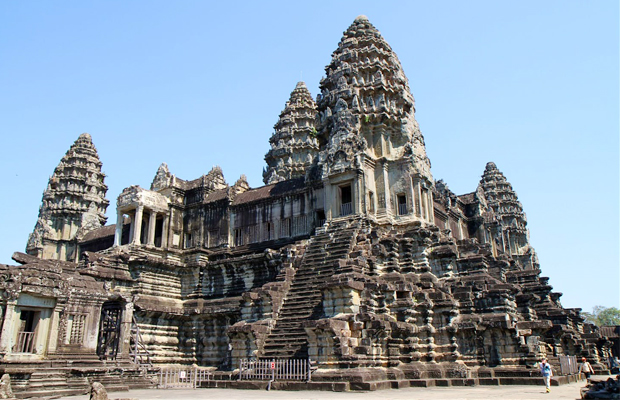



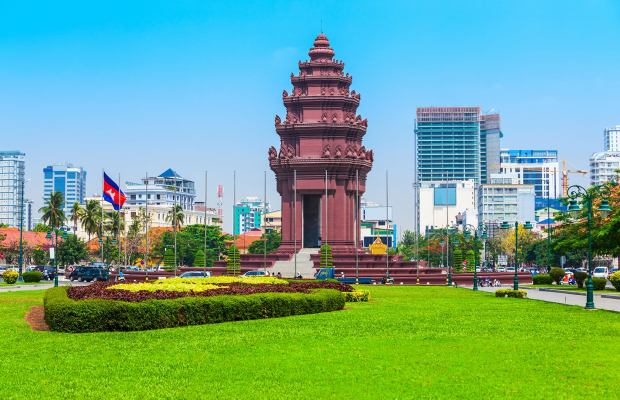


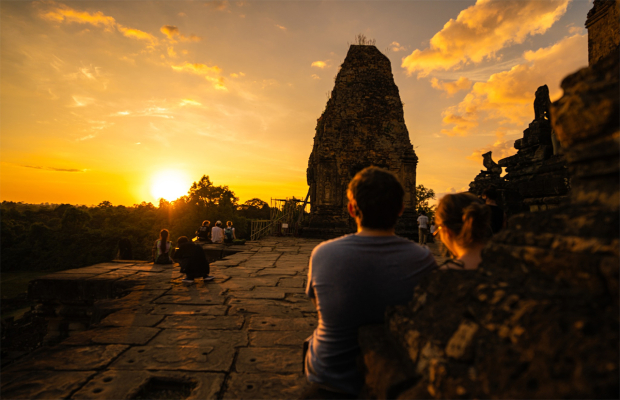

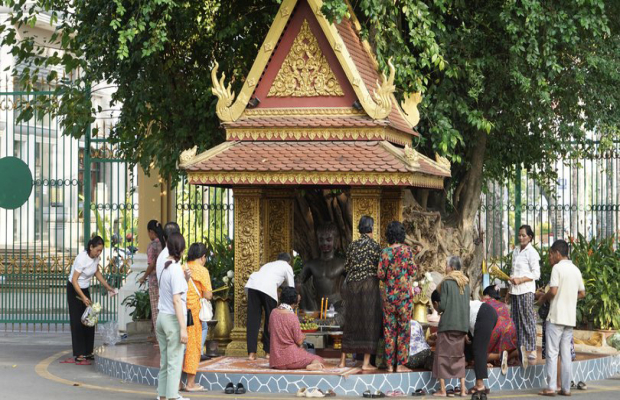
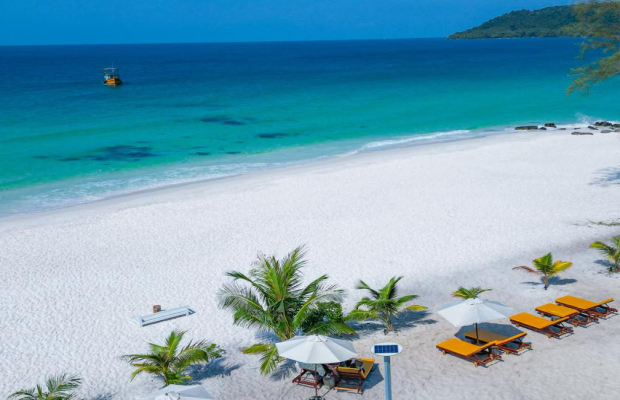

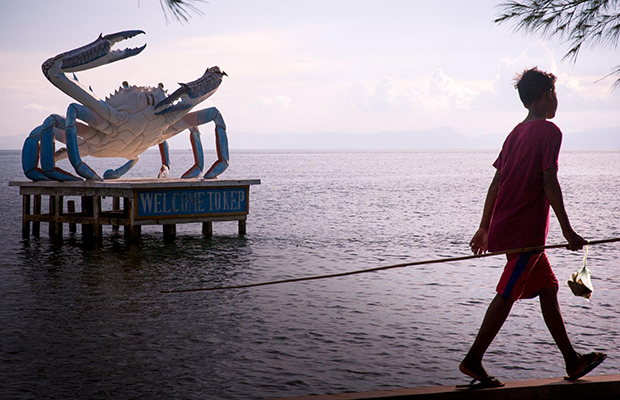



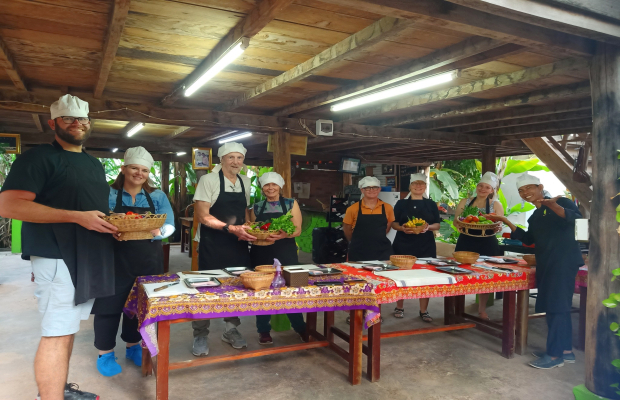
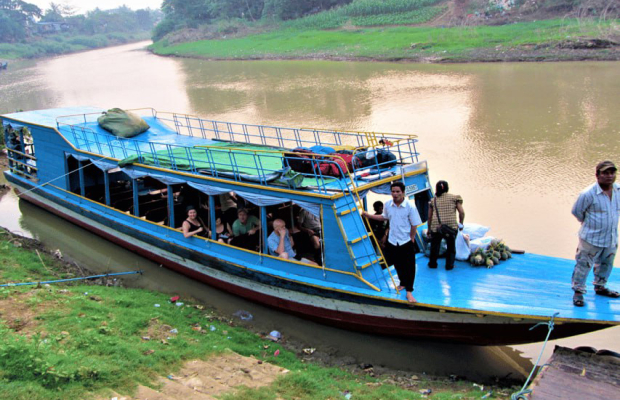
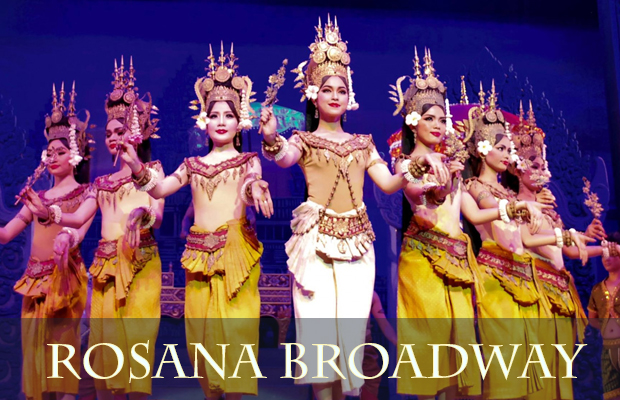

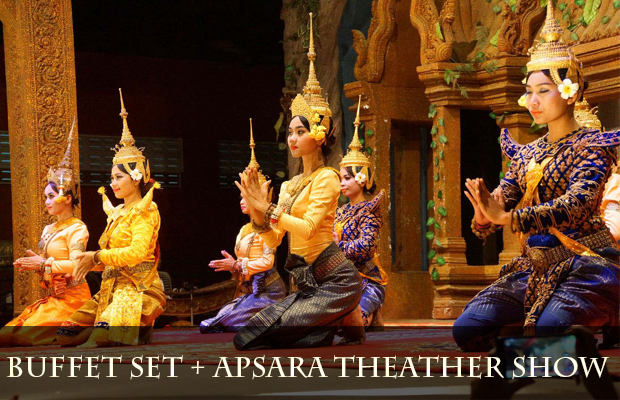

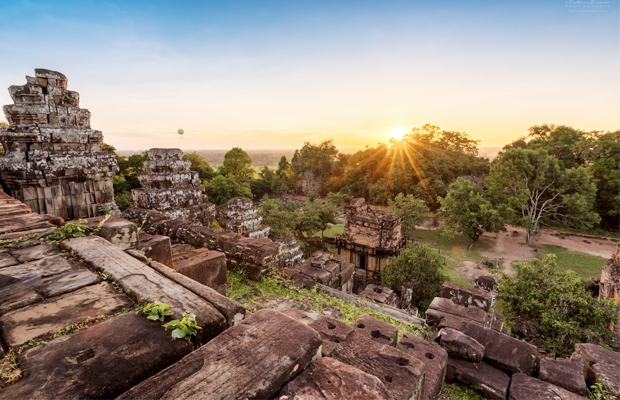




.jpg)
